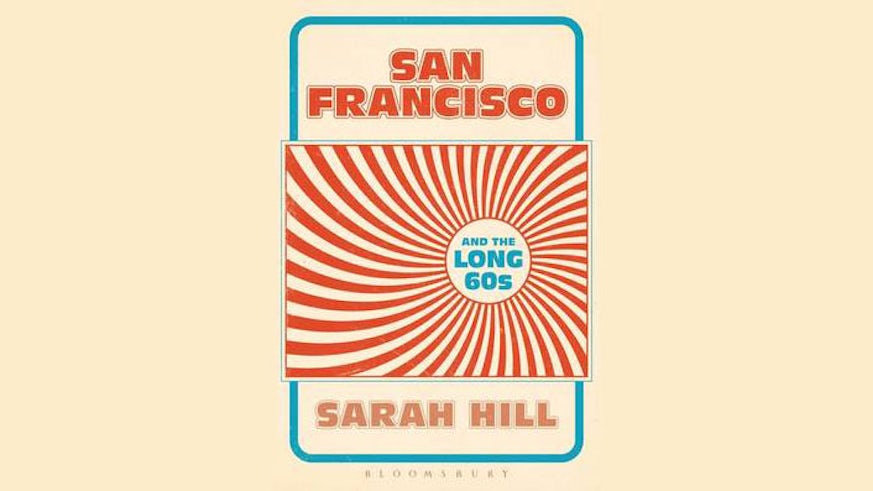San Francisco’s cultural legacy captured in new book
5 May 2016

In October 1967, one of the most creative and colourful episodes in American cultural life came to a close. The Summer of Love was over and members of San Francisco’s alternative community staged a symbolic funeral for the hippie. This was intended to mark the end of a brief flowering of music, free love and communal living but the musical, cultural and social legacy of that hippie counterculture is still felt in the city today.
A new book, San Francisco and the Long 60s, by Oakland native Dr Sarah Hill is inspired in part by youthful memories of the annual invasion of Berkeley by the Grateful Dead and tells the fascinating story of the legacy of popular music in San Francisco.
It explores both the short 60s – that psychedelic period from 1965-67 – and the long 60s – the enduring impact of that period on contemporary US culture.
Dr Hill, a Senior Lecturer in Music at Cardiff University, now lives in the UK but has returned to San Francisco on numerous occasions to collect oral histories for this project, interviewing musicians, journalists, critics and local residents who lived in the city during the 1960s, and people who have embodied the spirit of those years for the last fifty years.
Dr Hill said: “Some highlights from my long period of research will be lost in translation – I’m unable to capture on paper the cadence of some hippies’ speech, I can’t usefully describe the pervading aroma of an outdoor celebration in Golden Gate Park – but I have tried to be true to the spirit of the project and to honestly recount the experiences of all those people who were generous enough to share their memories with me.
“Despite what people around the world think of when they hear 1960s San Francisco, my book is neither a biography of famous musicians nor a tale of illicit sex and hallucinogenic drugs. It’s a history of a small neighbourhood that became the focus of a musical and cultural revolution that continues to inform the cultural and social life of the Bay Area even now.”
In part the book traces the history of those years through The Grateful Dead, a band for whom the 60s have lasted for fifty years, from experimenting with the underground world of LSD, to attempts in later years to re-capture the essence of the 60s, and right up to their 50th anniversary last year.
Dr Hill said: “For a band that began their career playing free concerts in Golden Gate Park, it was bizarre to see desirable seats selling for upwards of $100,000 on the secondary market. Those shows may have allowed fans to experience something like a cultural moment from the 60s, but they were firmly embedded in a modern music industry framework. Yes, there were Deadheads and dancers, but also merchandise, concessioners and scalpers lining their pockets with hippie money.
“This illustrates one of the complications of taking backward glances to the short 60s and reminds me of the tacky memorabilia sold at Fisherman’s Wharf and the souvenir merchants on Haight Street today.
“But the long 60s are about more than tie-dyed bedspreads, tourist traps, and pilgrims paying tribute to Jerry Garcia outside his former home at 710 Ashbury. They are about little pockets of quiet activism and local engagement in communities throughout the Bay Area and beyond. Rather than marketing a vibe, as in the tourist traps of the Haight, the longs 60s are about letting history breathe in everyday life. That’s what I hope my book captures.”
San Francisco and the Long 60s by Dr Sarah Hill is published by Bloomsbury and available now.